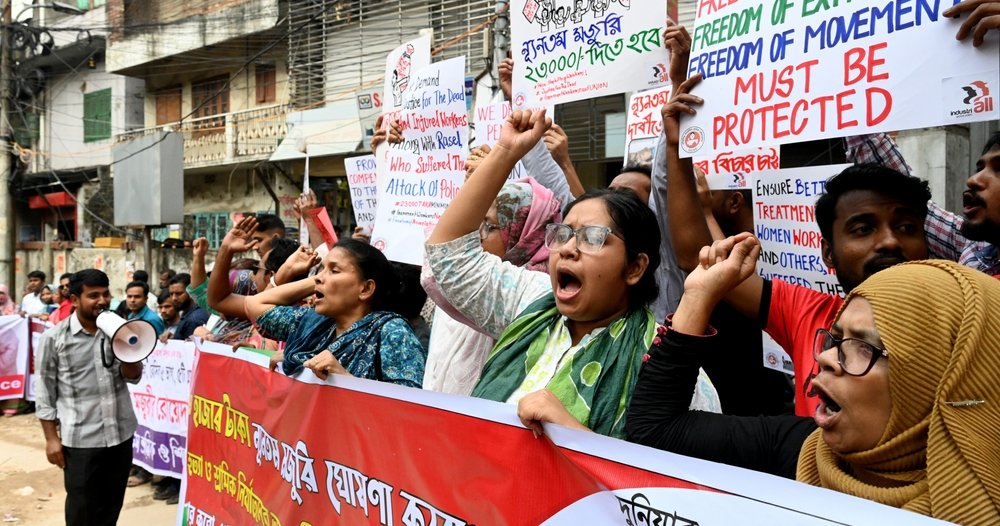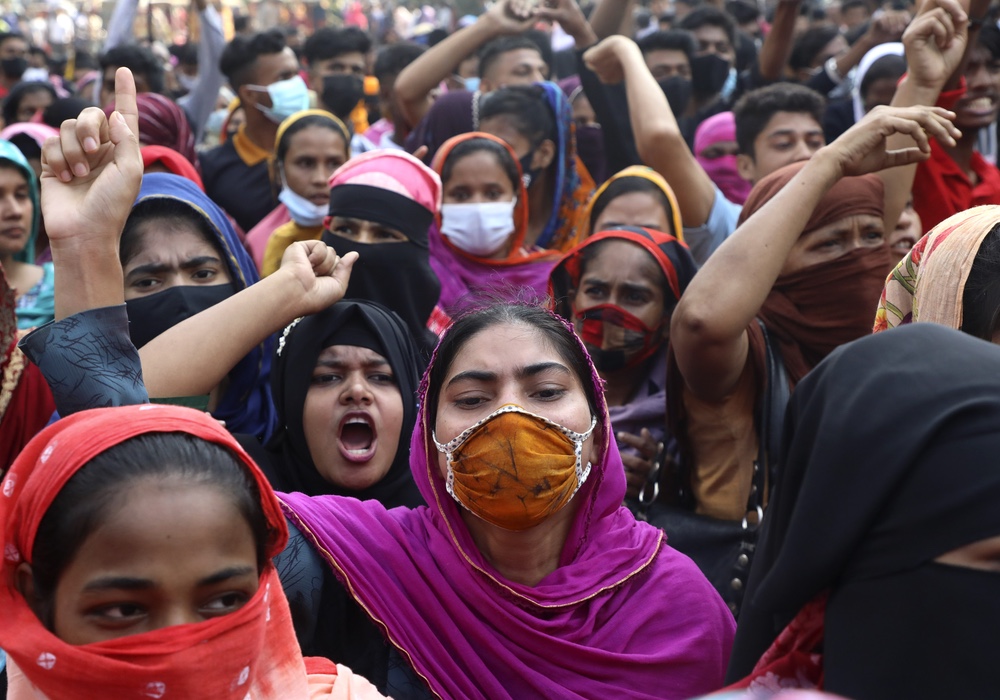Unpacking Fire And Ferocity In Bangladesh
Workers win but tragedy strikes - how do we process a tumultuous month in Bangladesh's garment industry?
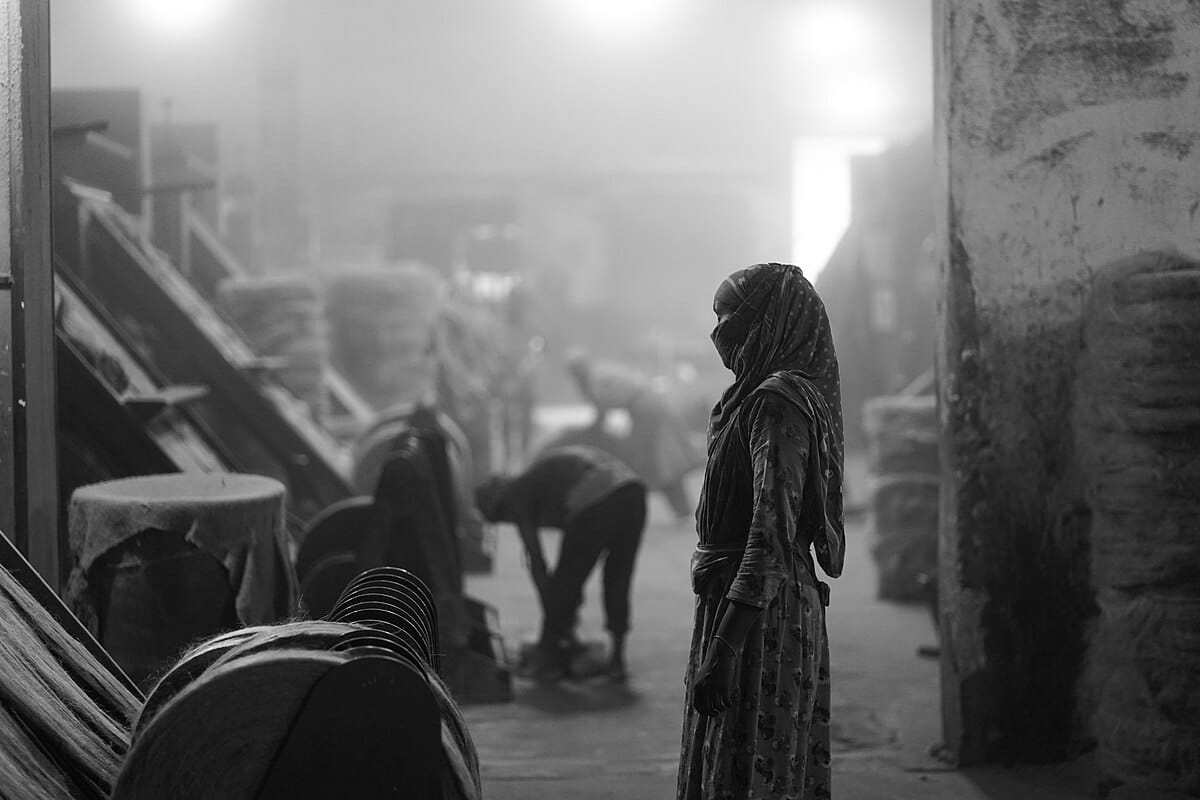
This month in Bangladesh there has been both a historic worker victory, and a devastating factory fire that killed seventeen people. Together these events reveal a seismic crossroads for Bangladesh's garment workers.
Dam finally bursts and sweeps away bogus arrest warrants
Two years ago the Bangladesh garment industry was engulfed in protests calling for higher wages. Police opened fire on striking workers and four people were killed. In the aftermath, garment workers faced unprecedented attacks including the issuing of 48,000 blank arrest warrants filed by factory bosses.
Imagine the fear of knowing that at any moment, if your employer wanted, your name could be added to a blank warrant. It was a strategy designed to create a climate of fear and destroy trade unions in Bangladesh.
Then Revolution was sparked as a national movement of students called for economic justice and social change, and garment workers once again took to the streets. With a new interim government in charge, Bangladeshi garment unions kept fighting to get the warrants finally, finally dropped. 48,000 people are free from arrest and imprisonment on trumped up charges. The attempt to strangle trade unionism failed.
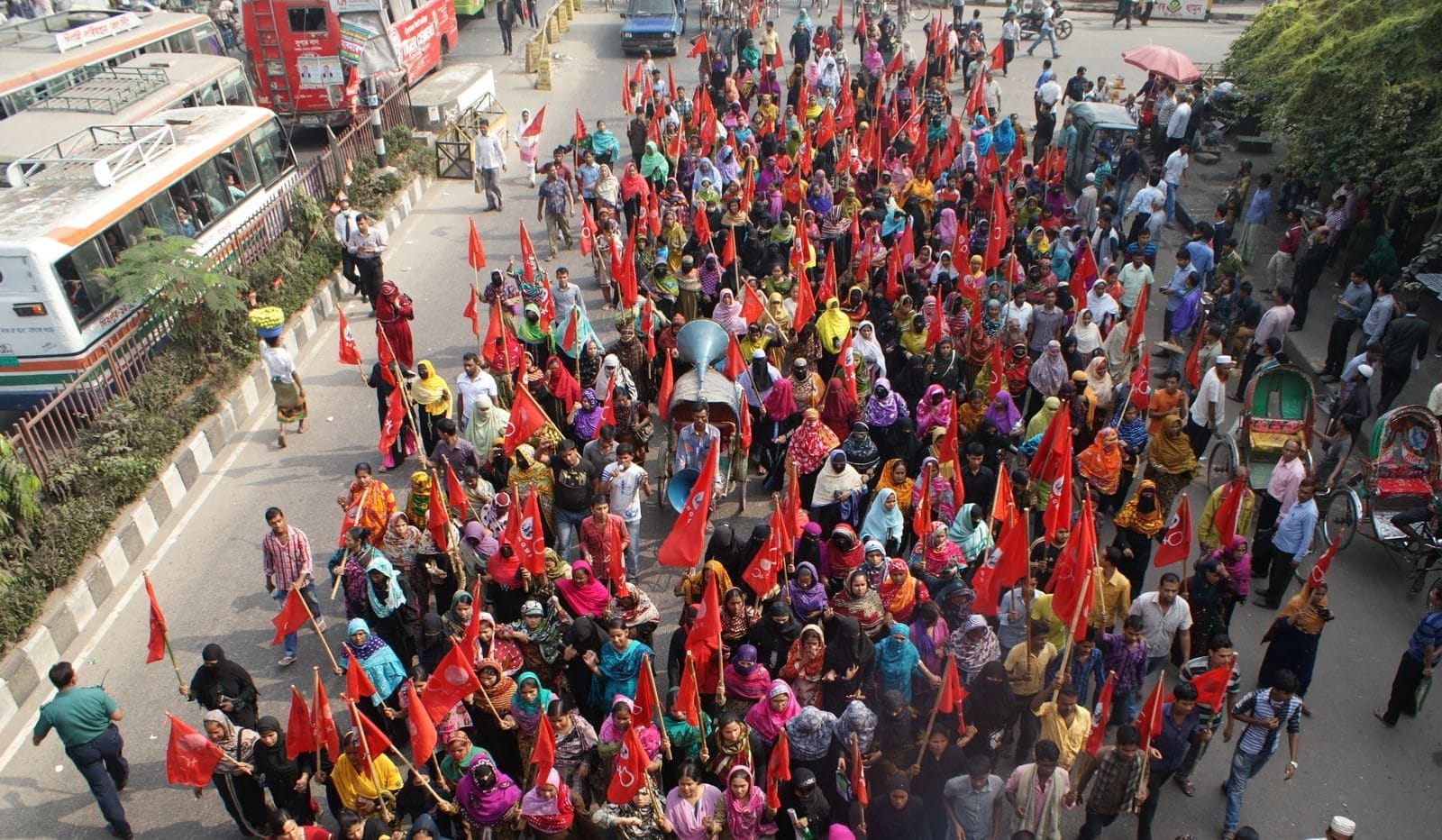
Trapped as fire strikes
And yet, in the same month tragedy struck.
The Anwar Fashion factory was not the kind of place that appears on brand’s published supplier lists. The only label it bore was ‘informal’.
There are thousands of these unregistered factories that complete orders from bigger factories. This one was a poorly built building shoved next to a chemical warehouse, and stuffed full of ‘informal’ workers.
When fire broke out, the people inside Anwar Fashion were trapped. They were trapped inside a building that should never have existed, but whose like forms the backbone of global garment production. An estimated seventeen people were killed. Seventeen more people to add to the endless list of those who did not survive working in the fashion industry.
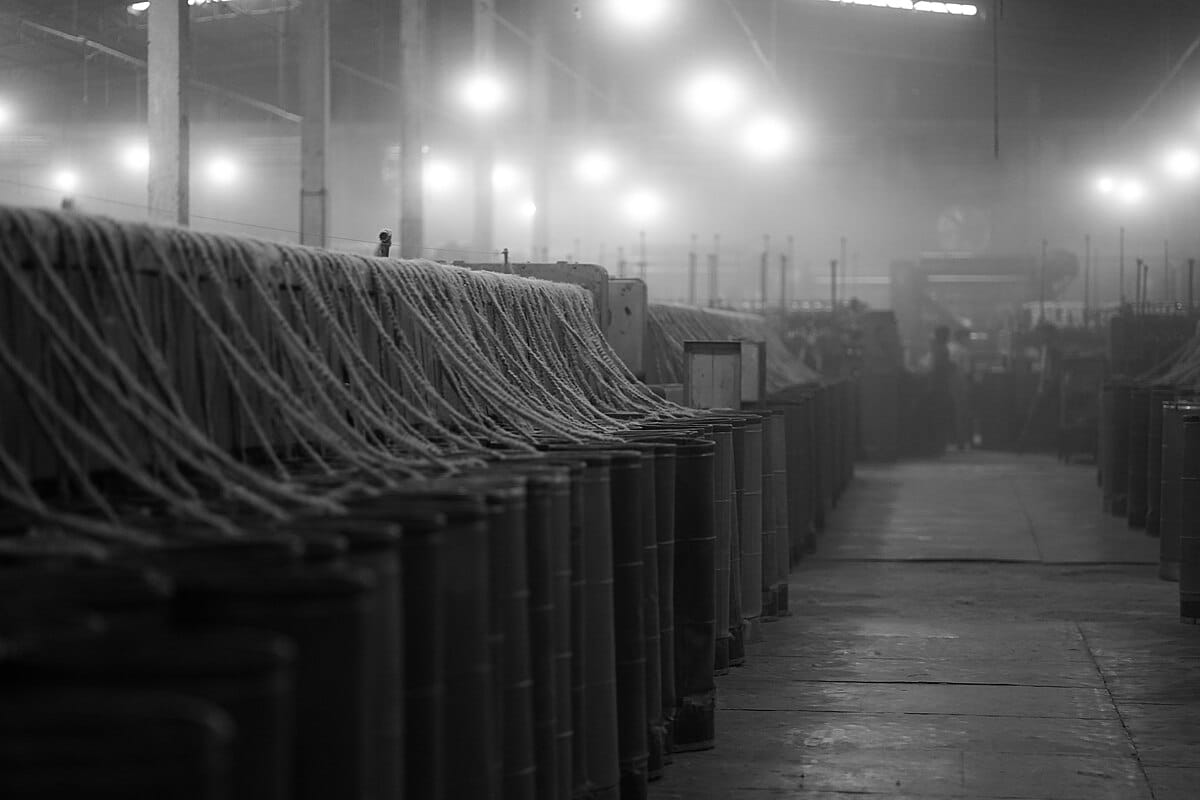
A system that kills the poor
It is important not to pick just one of these events as a focus. For example, if we focus only on the fire we risk dissolving into the idea that garment workers are simply tragic figures without any kind of agency, who exist only to be trapped in perilous buildings.
Whereas, just focusing on the victory risks side-lining not only seventeen grieving families, but also the tragedy and danger that is the ongoing reality of Bangladesh’s garment factories.
We must therefore hold space for both of these events and for all the emotions that come with hard-fought victory, and with grief.
Both events are a consequence of continued attempts by successive governments and fashion brands around the world to stifle the power of garment workers. Strangle trade unionism and you destroy pathways to workplace justice including building safety. Years spent fighting against blank arrest warrants are years stolen from the fight for fire escapes, unlocked doors and decent work places. This fire was no accident.
The police guns that pointed at striking workers are echoed by the metaphorical guns of hunger and poverty which drive people into deathtraps like Anwar Fashion. It is a system that kills the poor and only benefits the rich and powerful.
Since there were over 40 brands – including Zara and H&M – linked to the factories that filed the warrants, blame for both the warrants and the fire should be laid at the door of every brand CEO, government minister and factory boss who sought to strangle trade unionism and halt social progress in Bangladesh, just so they could make even more profit.
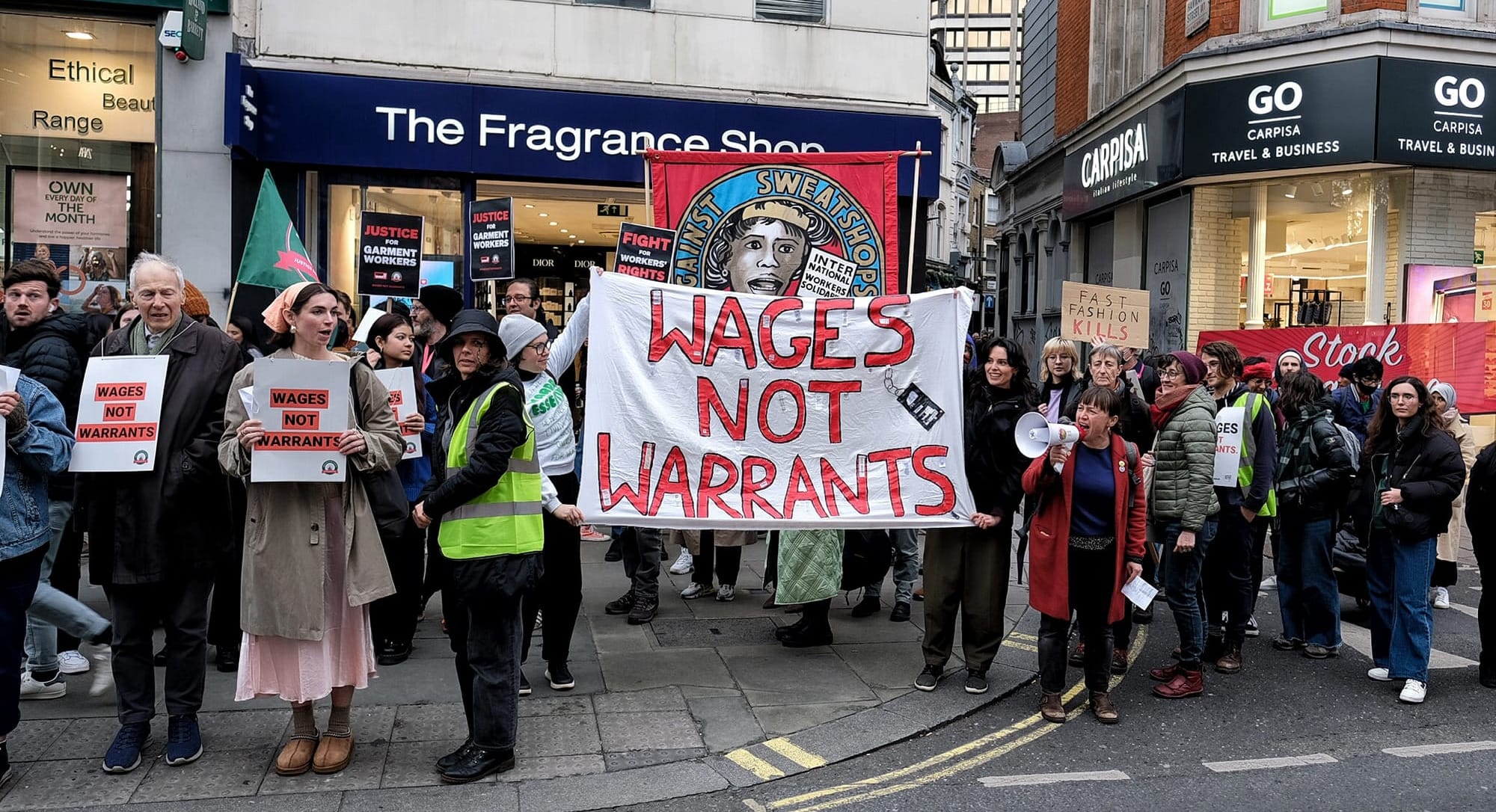
Standing at a crossroads
Looking at both events at once shows how the victory over the warrants and the raging fire are entwined as part of the same struggle. They also represent different paths at a crossroads.
It is vital to understand that breaking the choke-hold of the arrest warrants was made possible by a national uprising which lead to a Revolution with the power to overthrow a vicious, heavily armed government. It was this incredible social movement that temporarily stripped Hasina’s government, the factory owners and the brands of their coercive power in Bangladesh.
That it took a Revolution shows the truly massive corporate power bloc that towers over garment workers. It also, however, shows what is possible when people come together and aim for the stars for the sake of their freedom.
In the aftermath of the Revolution the message resounding from the unions in Bangladesh is that garment workers are not there to be intimidated and bullied. Rather they are resilient, they are fighting back and in the new civic space that the Revolution opened up, they are making significant gains.
What happens next is absolutely critical. One route from the crossroads leads to a continuation of more fires, more deaths, more repression and more fighting to retain hard-fought rights and civil liberties. The second route that leads out from the crossroads is the one forged by the unions and backed up by a Revolution. It is this pathway that leads to safe factories, living wages, freedom from exploitation and perhaps out of the garment industry altogether.
What the fire and the victory show us with crystal clarity is why garment workers fight against such great odds, and why we fight alongside them. The fight is to stop factory fires, gender based violence and exploitation, but it is also for a future we can all be proud to live in. A future based on equity, justice and freedom.
As this tumultuous time continues, it is more important than ever that everyone who cares about justice stands shoulder to shoulder with garment workers and their trade unions in Bangladesh. Even in the face of great odds, we must walk together along the path of freedom for all.
Thank you for being part of this newsletter - I really appreciate it.
I'm also approaching a (small) membership milestone so it would mean a lot to me if you would please forward this article to a friend or two and share it on your socials. Links and screenshots encouraged.
This article is also available for syndication by progressive labour or media partners - please contact me for details via my website.
In solidarity, Tansy.
p.s.
More reading on Bangladesh:


